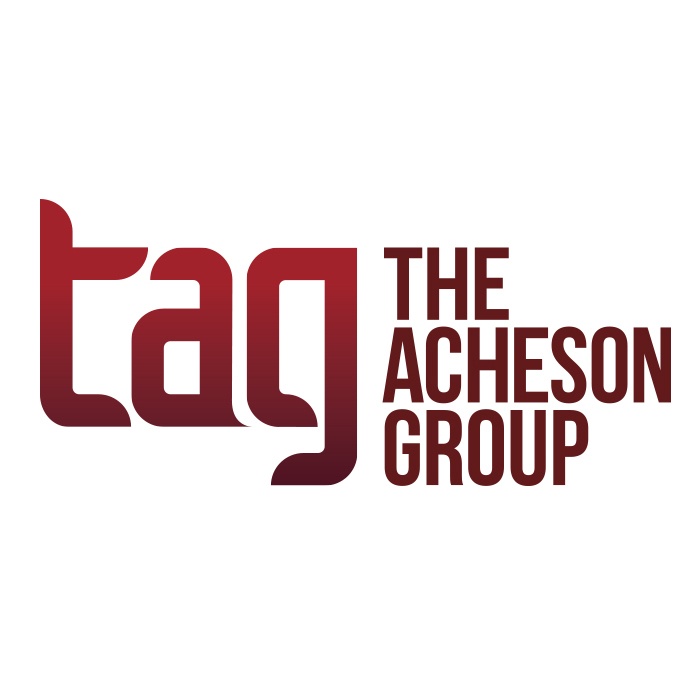With 6 of the 7 rules of FSMA now published, we’re sure that all you food facilities are actively and diligently working toward compliance. No? You say you’re actually scrambling to figure out how to comply? Rest assured, you’re not alone. There is an exceptionally high number of facilities who are scrambling to comply – struggling to figure out what each of the provisions of each of the rules means for them and their particular processes, how to implement the supply chain and environmental monitoring programs, and how to use HACCP to shift to HARPC – to name just a few. Just this week, TAG was on a call with a client discussing where waxing of fruit falls – is it under the produce rule or the preventive control rule? Our final conclusion was that it could be either based on the language in the two rules. Confusing – yes. Hard for companies to figure out exactly which rule they are under – most certainly. The lack of guidance from FDA on the rules – a real challenge for us all. The Supply Chain Scramble It’s generally not too difficult to determine whether you need to follow the Preventive Controls rule for human food or the one for animal food (or perhaps both), and most manufacturers have little trouble knowing if they are a primary farm that requires Produce Safety compliance, but once you start going much deeper than that, it can become rather convoluted. For example, you may not be a farm, but you purchase ingredients from a farm, so what do you need to know to verify that they are FSMA compliant to the rule that is applicable to them and ensures your supply-chain program is in compliance? Even FDA’s own wording recognizes the cumbersome nature of this. Take, for example, theexplanation of the Preventive Controls rule‘s extended compliance dates for verifying your upstream supply chain: “Separate compliance dates have been established for the supply-chain program provisions so that a food facility will not be required to comply with the supply-chain program provisions before its supplier is required to comply with the preventive controls for human food rule or the produce safety rule ” Or that of exemptions based on downstream activity: “A facility will not be required to implement a preventive control when an identified hazard will be controlled by a subsequent entity such as a customer or other processor.” So now you not only need to figure out what applies in your facility, but how the activities of your upstream and downstream chain impact it. If you read this 20 times over it makes sense – but many food companies don’t have the time to read the material over and over. They are worried about being in compliance by the due dates and worried about what will happen during an FDA inspection. The Environmental Monitoring Scramble Until the final Preventive Controls rule was released, we didn’t know for sure if there would be an environmental monitoring component, because, as we said in a pre-final rules newsletter, “The proposed Preventive Controls rule currently includes no explicit requirement for an environmental monitoring program that tests for pathogens. However, under the header of Preventive Controls, FSMA lists ‘an environmental monitoring program to verify the effectiveness…’ ” And, as we suspected then, the preventive controls final rule does include environmental monitoring, seeing it and product testing as possible verification activities … “but are only required as appropriate to the food, facility, nature of the preventive control, and the role of that control in the facility’s food safety system. Environmental monitoring generally would be required if contamination of a ready-to-eat food with an environmental pathogen is a hazard requiring a preventive control.” Essentially, environmental monitoring comes down to preventing risk, as discussed in the next section: The HACCP to HARPC Scramble Probably the greatest challenge in transitioning from HACCP to HARPC (FSMA’s Hazard Analysis Risk-Based Preventive Control requirements) is understanding the difference. But the best way I know to explain it is the answer I provided to a similar question in my recent column in QA magazine, “FSMA Compliance = Update Not Create.” If you have implemented food safety practices in your plant such as HACCP (and what you’ve done is right), HARPC compliance is pretty much a matter of taking it a step further. That is, HACCP focuses on specific steps (CCPs) to control hazards, whereas HARPC asks that you take a holistic approach, viewing the entire plant operation as a single entity to determine and reduce any risks that require preventive control. And this is exactly where environmental monitoring comes into play – what risks are inherent in the environment? How can these be controlled? As I stated in the column, “One key answer is the cleanliness and sanitation of the environment. Neither of these are CCPs, but lack of either would pose definite risk, thus they need to be controlled in a risk-based, preventive program that includes environmental monitoring to detect any potential risk.” Part of the scramble is a concern that the Preventive Control Qualified Individual may not consider a risk to be one that requires a preventive control, but an FDA inspector sees that same risk in a different way. What happens then? Do you have a discussion and find resolution – I hope so. Do you immediately get a 483 – I hope not. Unscrambling FSMA While I’ve tried to address a few of the key challenges that food facilities are facing in the FSMA compliance scramble, there are far too many questions to attempt to address in a single newsletter. Unfortunately, though, there are some things that none of us will know for certain until FDA issues the guidance documents that have been in development since well before the issuance of the rules. Meanwhile, to provide some help, the Agency has developed a Technical Assistance Network, through which FSMA-related questions can be submitted, to be addressed by FDA information specialists or subject matter experts, with response times based on complexity of the question and the volume of inquiries received. The Agency will be tracking questions to help it prioritize FSMA policy, guidance, and training, and repeat questions will be addressed in its website FAQ page or guidance documents. Additionally, FDA has collaborated with the Food Safety Preventive Controls Alliance to establish training and technical assistance programs, with information available at the online FSPCA Technical Assistance Network. Meanwhile, we can only state (once again) that you continue to do what you can to move down the road of compliance, seek the expertise of knowledgeable consultants and resources (e.g., TAG and this newsletter, of course) to help unscramble the rules and what you need to do to comply. About The Acheson Group (TAG) Led by Former FDA Associate Commissioner for Foods Dr. David Acheson, TAG is a food safety consulting group that provides guidance and expertise worldwide for companies throughout the food supply chain. With in-depth industry knowledge combined with real-world experience, TAG’s team of food safety experts help companies more effectively mitigate risk, improve operational efficiencies, and ensure regulatory and standards compliance. www.AchesonGroup.com




